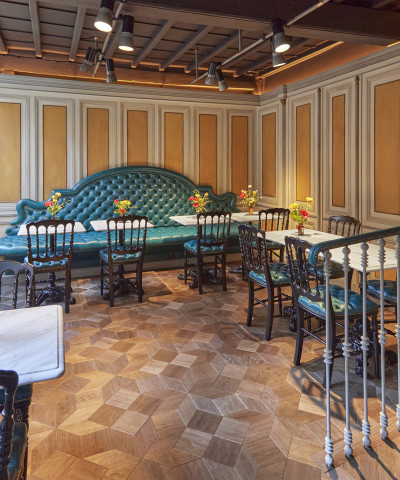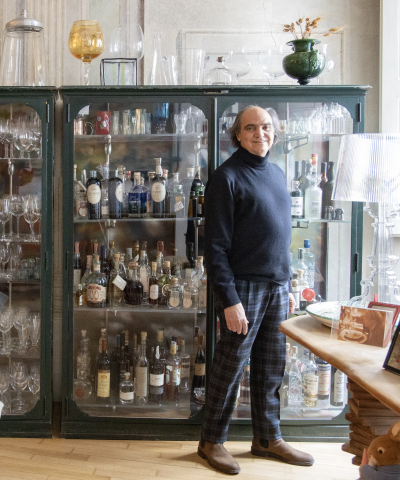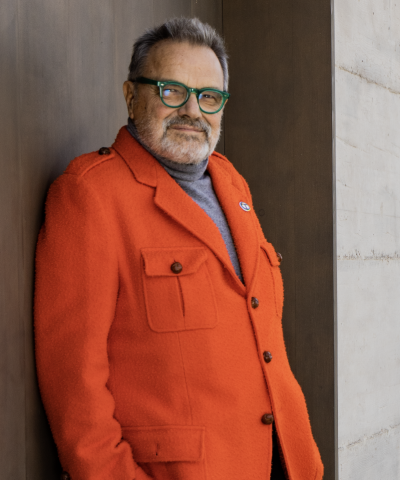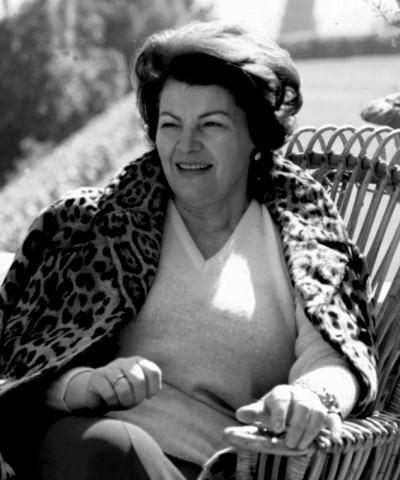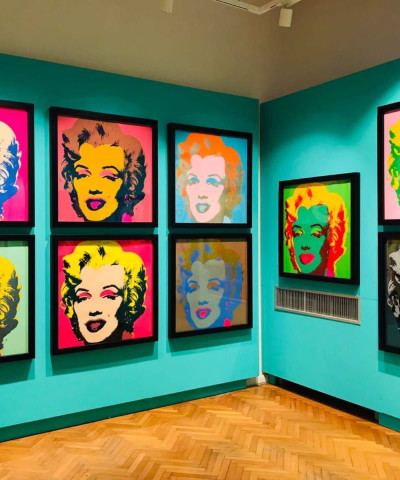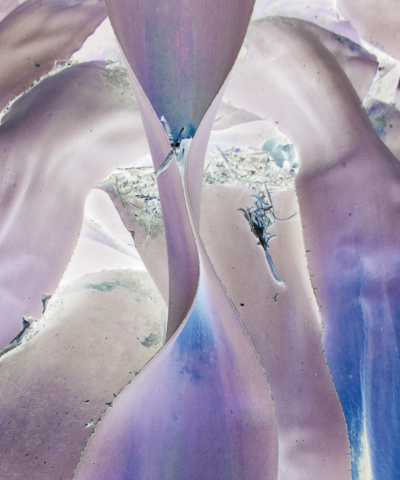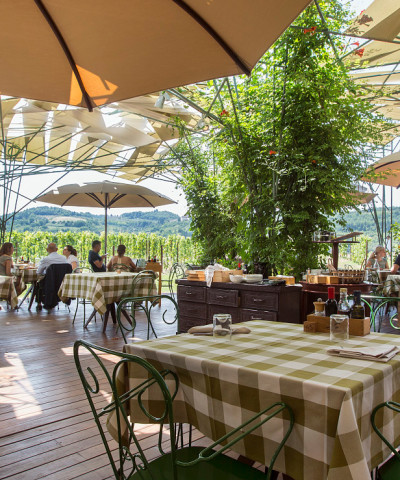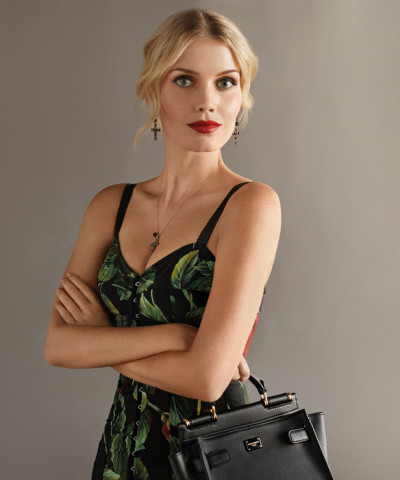The new fashion age
A great exhibition curated by Olivier Saillard inaugurates Palazzo Pitti’s renewed Costume and Fashio Museum
Change of direction? No, just the launch of a new direction, as this month the Palazzo Pitti’s Costume Gallery will become the Costume and Fashio Museum, the only one in Italy.
The fateful day will be June 13, when an exhibition will make its debut at the Costume and Fashio Museum, an exhibition firmly intending to become unforgettable for its content and the charisma of the curator.
Railing against the show’s title - Ephemeral Fashion Museum - this exhibition, which will close on October 22 and which is part of the 92nd Pitti Immagine Uomo, focuses on the everyday, not mundane repetitiveness but the magic of life.
“We wanted to take back the freedom of rediscovering the emotion of bringing clothing back to life simply by moving it closer to us, not giving clothing a preconceived idea of curatorship, but the joy of letting it be relived during the duration of the exhibition, in the passing of time experienced by the people who, I hope, will flock to our museum in the museum.”
These are the words of Olivier Saillard, one of the world’s most thorough and tangible fashion historians, as well as director of Paris’s Museum of Fashion and for this occasion curator of the exhibition in Florence.
Saillard is looking once more at the 200 pieces of history that form the show (it won’t be the last time he looks at them), clothing and accessories placed throughout 18 rooms, a few hours before the opening. He displays no sign of nerves.
“Never has the word ‘ephemeral’ more been appropriate,” he continues with his calmly persuasive smile.
“There’s a side which is so fleeting and at the same time so poetic in turning the pages of a newspaper that appears to us as clothing. We are never accustomed to beauty.
I like to pursue more and more these expressions of life that lend on our lives and then take another route from October onwards. Dresses by Worth and Roberto Capucci, Emilio Federico Schubert, Elsa Schiaparelli and Jole Veneziani through to the latest collections by world-famous brands like Prada, Lanvin and Maison Margiela, if I had to choose just one I know which it would be.” He pauses and walks up to a dress by Madeleine Vionnet. “In the winter of 1933, it belonged to the French actress Marcelle Chantal. It will never be displayed or worn again: it’s too fragile… I also love these paper gloves, which are both a part of research and symbolic of the memory. If these aren’t ephemeral, what are?”
Room by room, Olivier Saillard is devoid of nervousness.
His emotions are contained, a indescribability born of myriad years of experience and good decisions, such as the exhibition on Cristobal Balenciaga L’Oeuvre au Noir at Paris’ Musée Bourdelle or personal and professional relations that have led to live performances with movie stars like Tilda Swinton and Charlotte Rampling. Outfit after outfit, accessory after accessory, the lighting not only illuminates colors, historical creations, but as Saillard likes to remark, “moments made not just by those fashion houses, but those days, that second in which they were first conceived, then made and worn”.
In the 18 rooms of the Costume and Fashio Museum, the drapery of Mariano Fortuny and the Milanese style of the infamous Biki come back to life, as well as almost forgotten wonders such as the creations of Rosa Genoni and the Roman haute fashion house Carosa.
“This museum has a massive personality. For this exhibition, I’d love there to be plenty of visitors, but above all for them to be interested. That they digest the traces of this world that is ephemeral, yes, fleeting, which passes and leaves, but which leaves permanent marks.” Off Saillard goes, cloaked as always in a graceful aura that also seems to vanish, always leaving his own mark of course.










